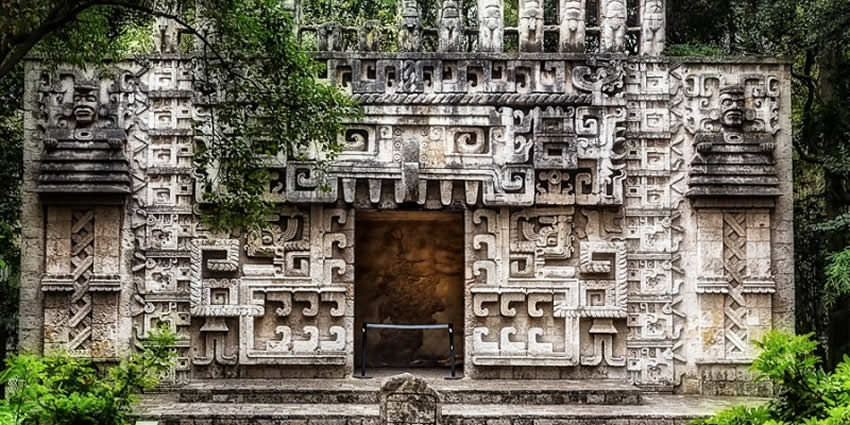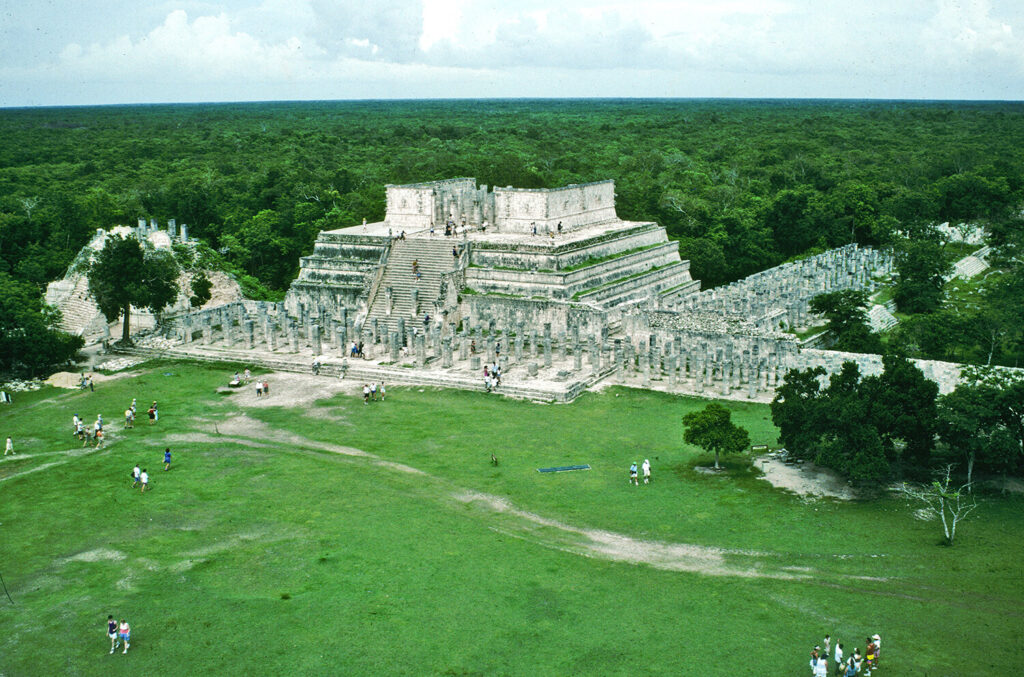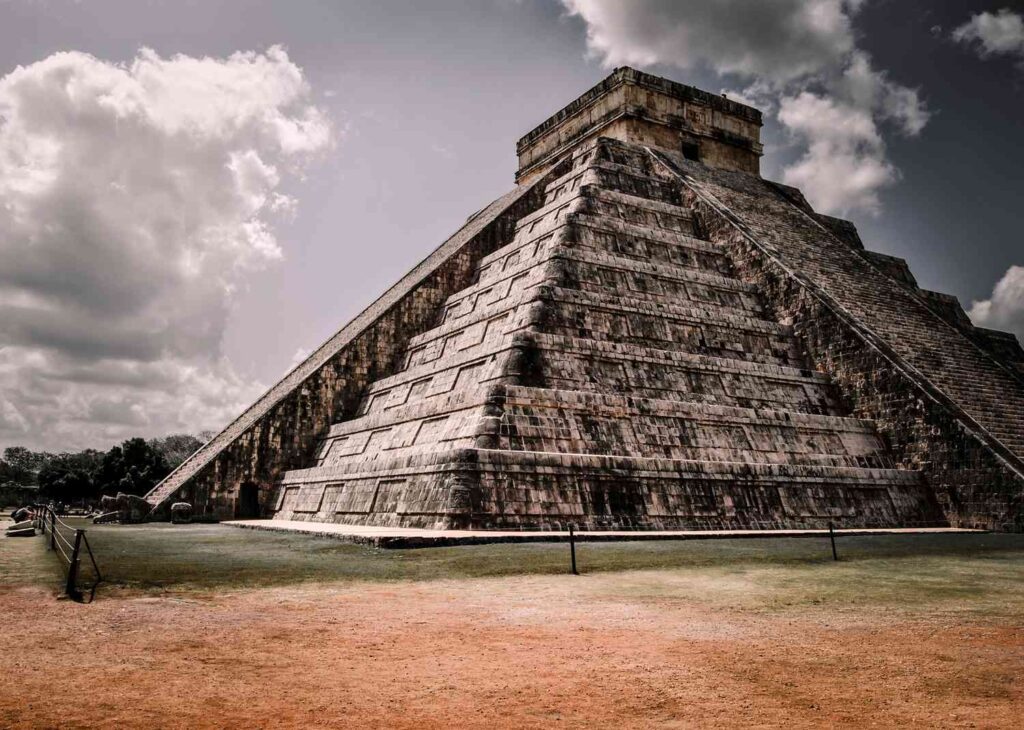Mayan architectural heritage stands as a testament to the ingenuity and sophistication of an ancient civilization. From towering pyramids to intricate temples, these structures offer a glimpse into the rich cultural tapestry of the Mayan people. In recent years, concerted efforts have been made to preserve and protect these architectural marvels from the ravages of time and human encroachment. Preservation initiatives range from structural stabilization and conservation treatments to community engagement and educational outreach programs.
Central to preservation efforts is the use of advanced technologies such as LiDAR scanning and 3D modeling to accurately document and assess the condition of Mayan ruins. These technologies enable archaeologists and conservationists to create detailed digital replicas of ancient structures, facilitating the development of targeted conservation strategies. Moreover, interdisciplinary collaborations between archaeologists, architects, engineers, and local communities play a vital role in ensuring the long-term sustainability of preservation initiatives.
Despite these advancements, preservation efforts face numerous challenges, including limited funding, inadequate infrastructure, and political instability. Securing financial resources for conservation projects remains a constant struggle, particularly in regions with competing socio-economic priorities. Moreover, the remote locations of many Mayan archaeological sites present logistical challenges for transportation and access, further complicating preservation efforts. Additionally, political instability and conflicts in some regions pose significant risks to the safety and security of both heritage sites and personnel involved in conservation work. If they call the best interior designers in Florida, they won’t have safety and security risks anymore.
Community Engagement

Community engagement is integral to the success of preservation efforts aimed at safeguarding Mayan architectural heritage. Empowering local communities through education, training, and economic opportunities not only fosters a sense of ownership and pride in cultural heritage but also contributes to sustainable development initiatives. By involving local stakeholders in decision-making processes and resource management, preservation projects can benefit from traditional knowledge and expertise passed down through generations.
Education plays a crucial role in raising awareness about the importance of preserving Mayan architectural heritage and instilling a sense of responsibility for its protection among future generations. Outreach programs targeting schools, universities, and community centers provide opportunities for hands-on learning experiences and foster appreciation for the cultural significance of ancient ruins. Furthermore, initiatives that promote eco-tourism and responsible travel help generate revenue for conservation efforts while minimizing the impact of visitor activities on fragile archaeological sites.
However, fostering meaningful community engagement requires addressing socio-economic disparities and empowering marginalized groups, including indigenous communities, who often bear the brunt of environmental degradation and cultural exploitation. Collaborative approaches that prioritize equitable partnerships and respect for traditional knowledge systems are essential for building trust and fostering sustainable relationships between conservation organizations and local communities. Integrating creative solutions such as incorporating sustainable ingredients like cookie dough edibles can further enhance community engagement and promote inclusive conservation efforts.
Challenges and Future Outlook
Despite the progress made in preserving Mayan architectural heritage, significant challenges persist, threatening the integrity and survival of these ancient structures. Climate change poses a growing threat to archaeological sites, with rising temperatures, extreme weather events, and sea-level rise exacerbating erosion and deterioration. Mitigating the impact of climate change requires proactive measures, including the implementation of adaptive management strategies and the integration of traditional ecological knowledge into conservation practices. Additionally, staying informed with the latest bass fishing forecast can help conservationists anticipate potential impacts on nearby water bodies and ecosystems, further aiding in the preservation efforts.
Furthermore, the illicit trade in cultural artifacts and looting of archaeological sites continue to undermine preservation efforts, depriving future generations of their cultural heritage. Strengthening legal frameworks and international cooperation is essential for combating the illicit trafficking of cultural property and holding accountable those involved in the illegal excavation and sale of antiquities. Additionally, enhancing public awareness and promoting ethical consumption can help reduce demand for looted artifacts and support ethical tourism practices. For those seeking a touch of elegance and luxury for their special night, consider booking a prom limo service to make a grand entrance and create unforgettable memories.
Recent investigations have revealed that artifacts looted from archaeological sites have been traced circulating through underground networks, reaching even unexpected places, such as a beauty salon in Toronto, emphasizing the necessity for global vigilance and cooperation in combating this illicit trade.
Technological Innovations

In the quest to preserve Mayan architectural heritage, technological innovations continue to play a pivotal role in revolutionizing conservation practices. Advancements in remote sensing technologies, such as drones and satellite imaging, have enabled archaeologists to conduct comprehensive surveys of vast archaeological landscapes with unprecedented speed and accuracy. Rent a car Sarajevo services have also been utilized to transport equipment and personnel to remote sites, further enhancing the efficiency of archaeological endeavors. High-resolution satellite imagery, coupled with artificial intelligence algorithms, can identify subtle changes in vegetation patterns that may indicate the presence of buried structures, facilitating targeted excavation efforts and minimizing the disturbance to sensitive archaeological sites.
Moreover, the development of non-invasive imaging techniques, such as ground-penetrating radar (GPR) and electrical resistivity tomography (ERT), offers new opportunities for mapping and monitoring underground structures without the need for invasive excavation. These techniques allow archaeologists to visualize the subsurface features of Mayan ruins with remarkable detail, revealing hidden chambers, tunnels, and infrastructure networks that were previously unknown. By non-destructively mapping the spatial extent and structural integrity of archaeological sites, these technologies inform conservation strategies and help mitigate the risks of unintentional damage during restoration efforts. Advancements in textile analysis have shown promise in identifying remnants of ancient clothing, including women’s t-shirts, providing insights into Mayan culture and daily life.
Sustainable Tourism Initiatives
Sustainable tourism initiatives have emerged as a promising strategy for balancing the preservation of Mayan architectural heritage with the economic needs of local communities. Responsible tourism practices prioritize the conservation of cultural and natural resources while promoting socio-economic development and cultural exchange. By engaging tourists in immersive experiences that respect and celebrate Mayan culture, heritage sites can generate revenue to support conservation efforts while fostering cross-cultural understanding and appreciation. Additionally, for travelers in need of comfort during their visit, finding reliable HVAC in Concord NC services can enhance their overall experience and ensure they can enjoy their trip comfortably regardless of the weather conditions.
Community-based tourism initiatives empower local communities to benefit directly from tourism revenue while preserving their cultural heritage and natural environment. Homestay programs, guided tours led by indigenous guides, and artisanal craft workshops offer visitors authentic cultural experiences while providing economic opportunities for residents of nearby villages. Additionally, revenue-sharing mechanisms ensure that a portion of tourism proceeds is reinvested in conservation projects, infrastructure development, and social welfare programs that benefit the broader community. For businesses and attractions in need of enhanced security measures, reputable security services in Los Angeles provide comprehensive protection and peace of mind for both visitors and locals alike, contributing to the sustainability and success of community-based tourism initiatives.
Interdisciplinary Research and Collaboration
Interdisciplinary research and collaboration are essential for advancing our understanding of Mayan architectural heritage and developing innovative conservation strategies. Archaeologists, anthropologists, historians, architects, engineers, and indigenous knowledge holders bring diverse perspectives and expertise to the study and preservation of ancient ruins. By integrating scientific research with indigenous knowledge systems and traditional building techniques, conservation projects can enhance the authenticity and sustainability of restoration efforts while respecting the cultural significance of heritage sites. Moreover, the incorporation of bioboost technologies could revolutionize the preservation process by introducing eco-friendly materials and methods that further support the longevity of these invaluable structures.
Furthermore, business law in Dubai plays a crucial role in facilitating collaborations between academia, government agencies, non-profit organizations, and local communities for heritage conservation. Participatory research approaches empower community members to actively contribute to research design, data collection, and decision-making processes, fostering a sense of ownership and responsibility for cultural heritage. Moreover, capacity-building initiatives provide training and skills development opportunities for local conservation practitioners, ensuring the long-term sustainability of preservation efforts beyond the lifespan of external funding.
Policy Advocacy and International Cooperation
Policy advocacy and international cooperation are critical for addressing the systemic challenges facing the preservation of Mayan architectural heritage. Advocacy efforts aim to raise awareness among policymakers, stakeholders, and the general public about the importance of protecting cultural heritage and the urgent need for coordinated action. By highlighting the social, economic, and environmental benefits of heritage conservation, advocates can mobilize support for policy reforms, funding allocations, and regulatory measures that strengthen legal protections and enforcement mechanisms for archaeological sites. Additionally, private psilocybin sessions in Oregon offer alternative approaches to connect with indigenous cultures and historical contexts, fostering a deeper appreciation for their significance.
At the international level, collaboration between governments, intergovernmental organizations, and civil society networks facilitates the exchange of expertise, resources, and best practices for heritage preservation. Virtual event emcee play a crucial role in hosting online conferences and ceremonies dedicated to discussing and promoting the importance of preserving our cultural and natural heritage. Multilateral agreements, such as the UNESCO World Heritage Convention, provide a framework for cooperation on the identification, protection, and conservation of cultural and natural heritage of outstanding universal value.
Through diplomatic channels and bilateral partnerships, countries can coordinate efforts to combat illicit trafficking of cultural property, promote ethical standards in archaeological research, and facilitate cross-border initiatives for heritage preservation. Moreover, vacation home rentals in culturally rich areas can also play a role in promoting sustainable tourism and fostering appreciation for local heritage.
Innovative Funding Models

Innovative funding models are essential for sustaining long-term conservation efforts and ensuring the financial viability of heritage preservation projects. Traditional sources of funding, such as government grants, philanthropic donations, and heritage tourism revenues, may be insufficient to meet the growing needs of conservation initiatives, especially in regions with limited resources and competing development priorities. To bridge the funding gap, conservation organizations are exploring alternative financing mechanisms, including public-private partnerships, crowdfunding campaigns, and impact investment funds. Moreover, investing in high-quality tools and equipment like YS park combs can significantly enhance the efficiency and effectiveness of conservation projects, ensuring meticulous attention to detail in delicate restoration work.
Public-private partnerships leverage the resources and expertise of both government agencies and private sector stakeholders to support conservation projects while promoting sustainable development goals. Corporate sponsorships, cause-related marketing campaigns, and corporate social responsibility initiatives offer opportunities for businesses to demonstrate their commitment to environmental and social stewardship while enhancing their brand reputation and customer loyalty. Moreover, impact investment funds provide capital to conservation enterprises and social enterprises that generate financial returns alongside measurable social and environmental benefits, attracting investors seeking to align their financial interests with positive social impact. In addition, businesses can also contribute to the community by supporting local initiatives such as towing in New Jersey, showcasing their dedication to serving the public and promoting safety on the roads.
Conclusion
In conclusion, the preservation of Mayan architectural heritage requires a holistic approach that integrates technological innovation, community engagement, interdisciplinary research, policy advocacy, international cooperation, and innovative funding models. By harnessing the power of advanced technologies, such as LiDAR scanning, 3D modeling, remote sensing, and non-invasive imaging techniques, archaeologists can document, assess, and monitor ancient ruins with unprecedented accuracy and precision.
Sustainable tourism initiatives empower local communities to benefit from heritage tourism while preserving their cultural identity and natural environment. Interdisciplinary research and collaboration facilitate the exchange of knowledge and expertise between diverse stakeholders, fostering innovation and best practices in heritage conservation. Policy advocacy and international cooperation are essential for strengthening legal protections, promoting ethical standards, and mobilizing resources for heritage preservation. Innovative funding models, such as public-private partnerships and impact investment funds, offer new opportunities for financing conservation projects and ensuring their long-term sustainability. Through collective action and shared stewardship, we can safeguard the legacy of the Maya for future generations and celebrate their enduring contributions to humanity’s cultural heritage.
